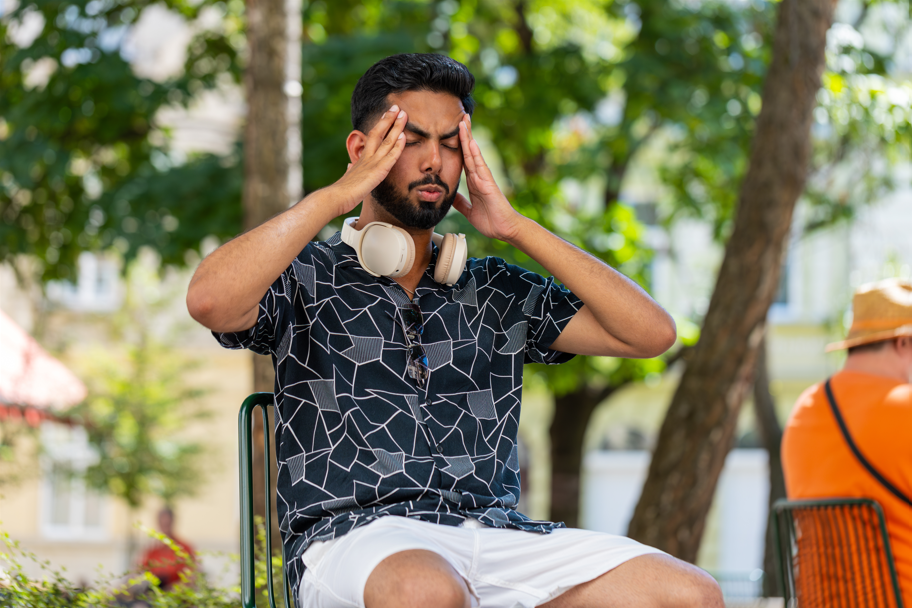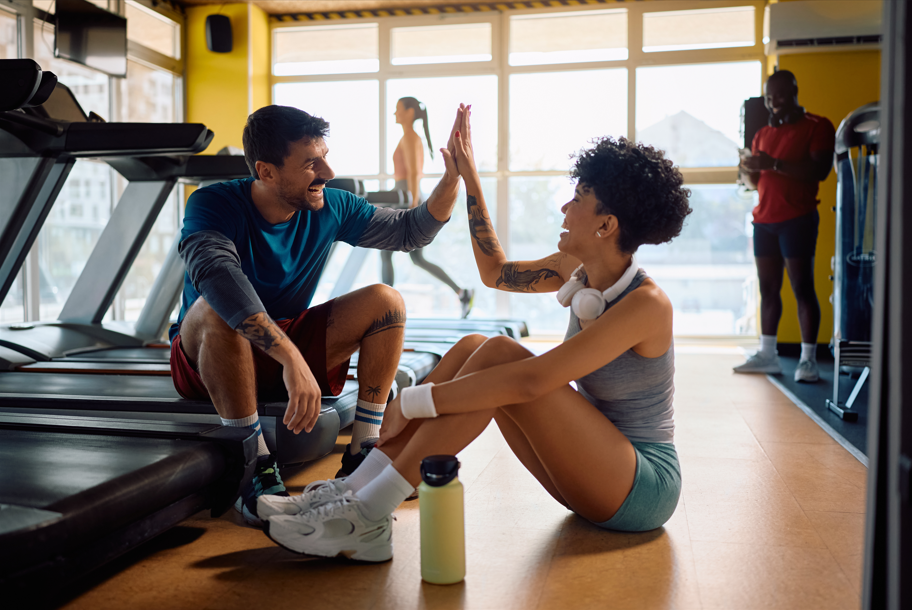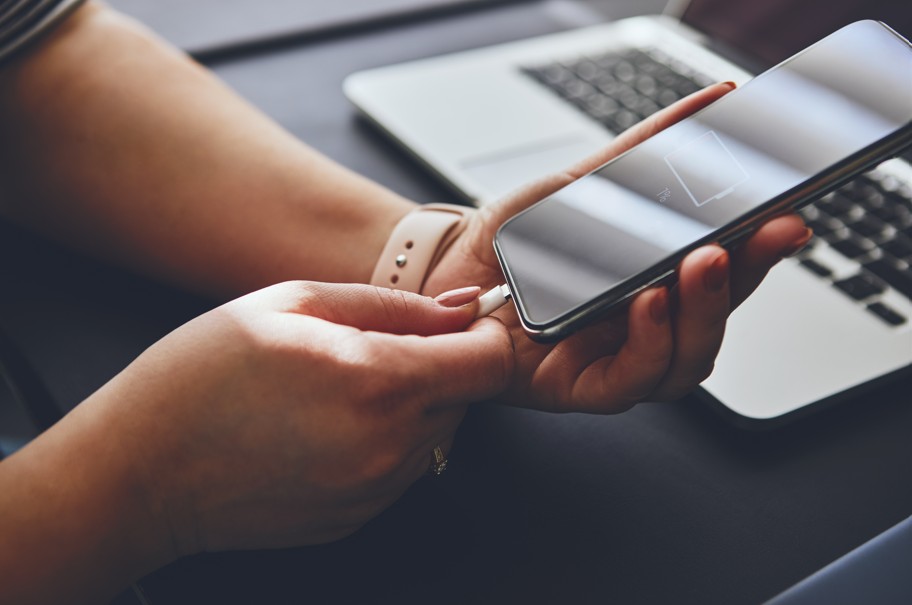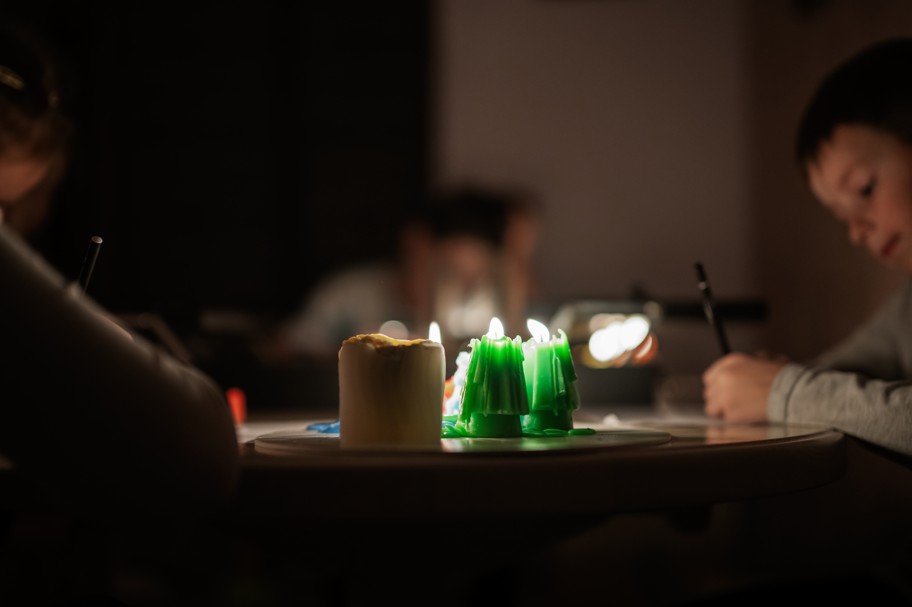


| Answer: |




| 1. | How many hours did you sleep last night? |
| Answer: |
| 2. | Do you usually feel sleepy during the day? When do you feel sleepy? |
| Answer: |
| 3. | Have you ever seen an animal sleeping at a zoo or in nature? What animal was it? |
| Answer: |
| 4. | Have you ever felt tired because you didn’t get enough sleep? Why didn’t you sleep enough? |
| Answer: |



Please repeat after me.

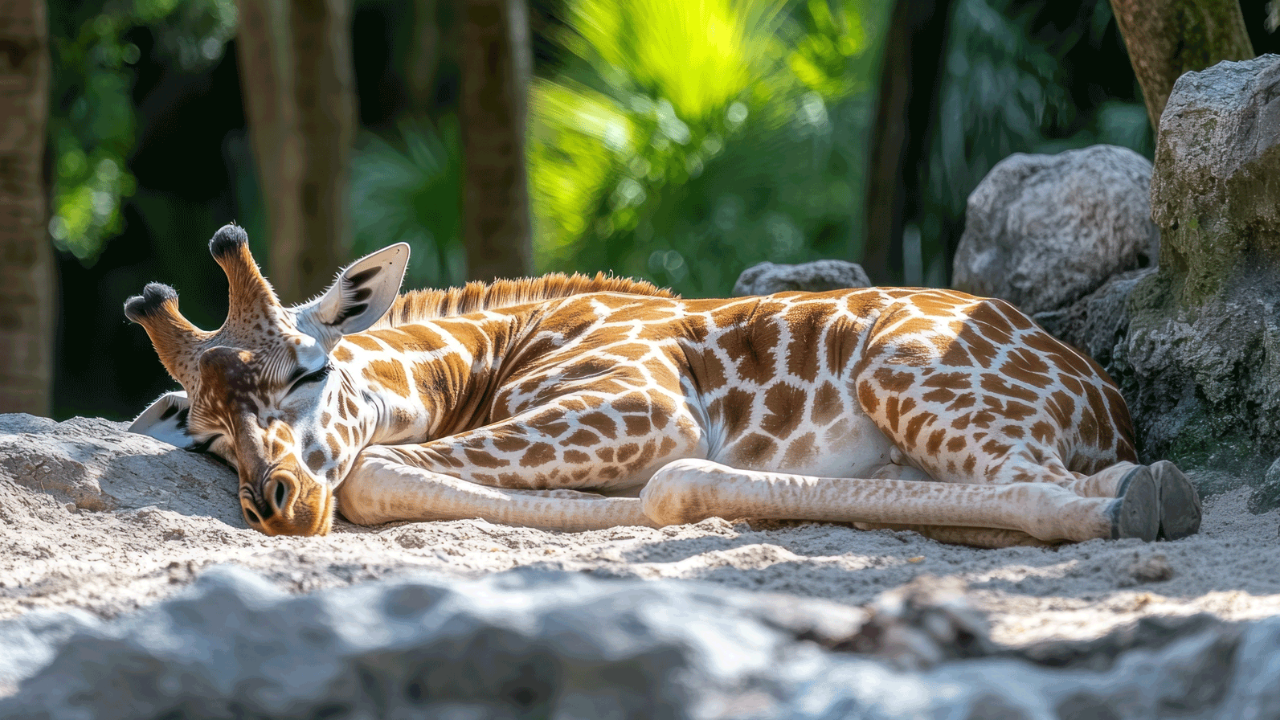




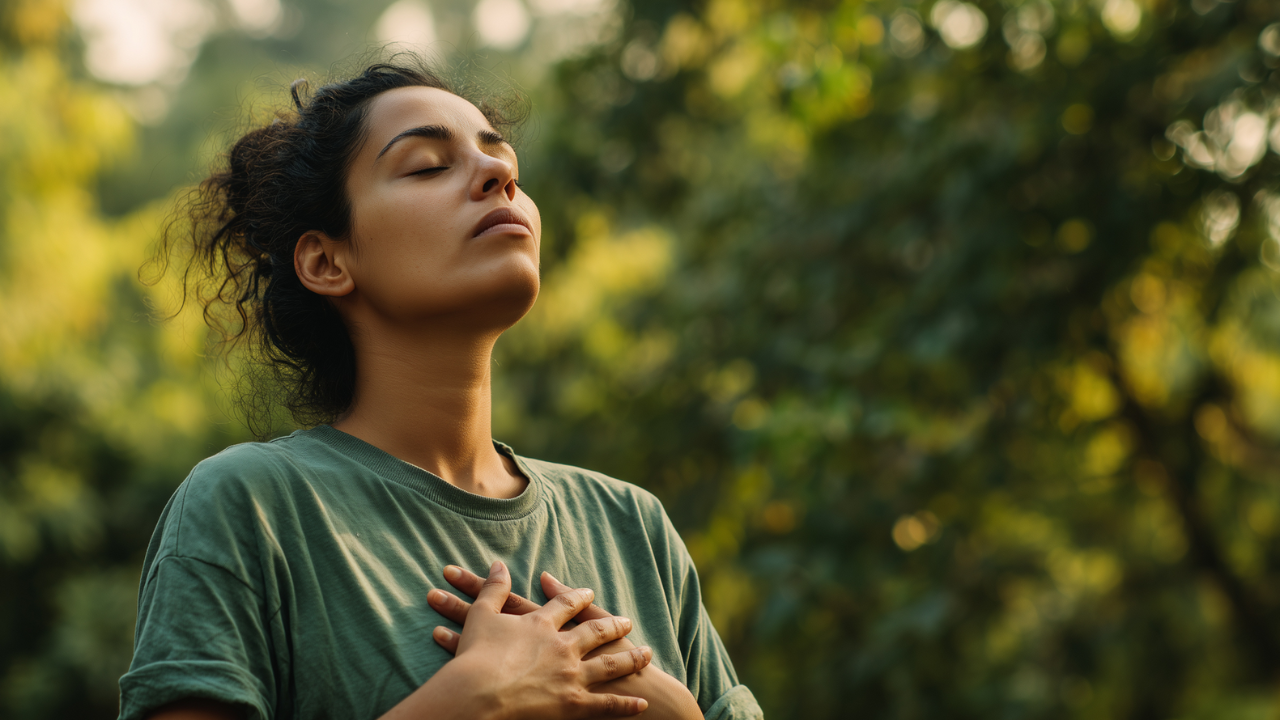
Answer: ____________________

Answer: ____________________
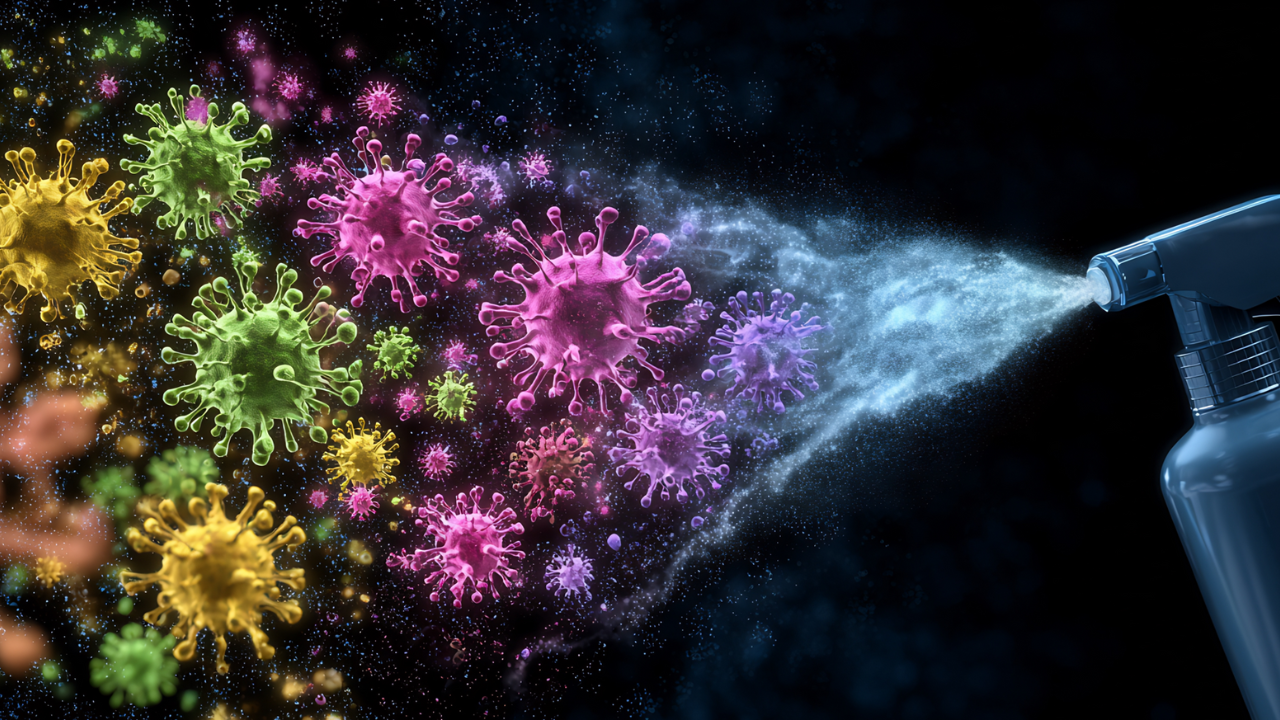
Answer: ____________________
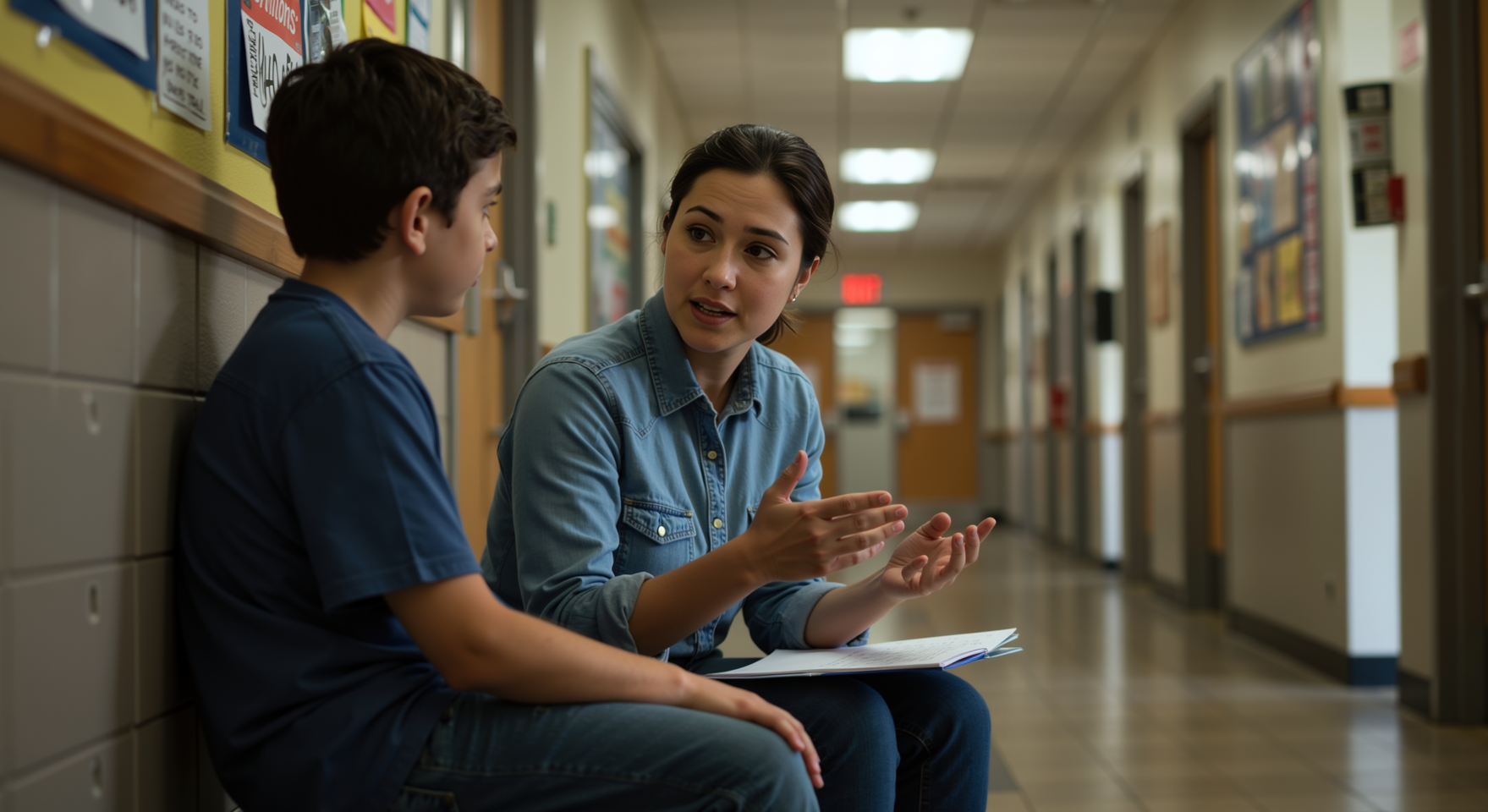
Answer: ____________________









But I think I should try to __________________________.



What time do you usually go to bed, and what are you usually doing right before you sleep?
(e.g., studying, using your phone, or playing a game)
Before sleeping, I usually [action🏃] ___________________.
Is that activity “productive” (a necessary reason to stay awake), or are you just “wasting time”? Please tell me the reason why you think so.
Because ________________.
Because ________________.


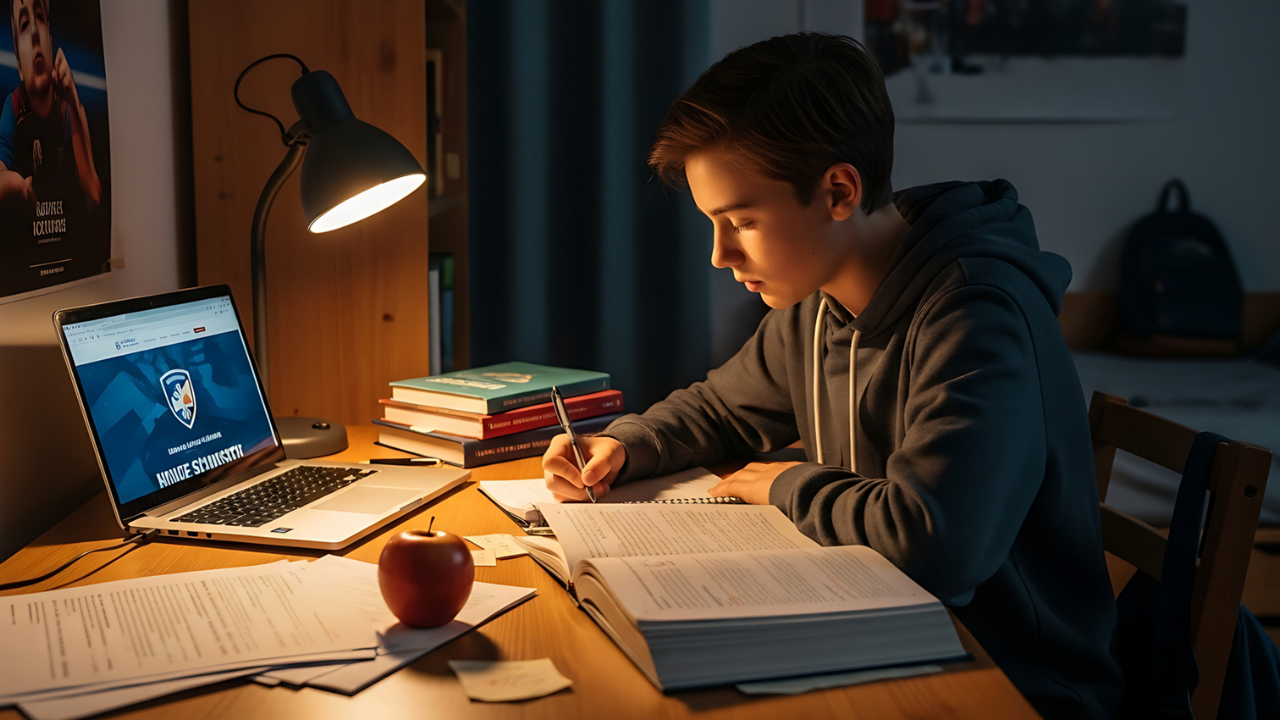
If yes, what keeps you awake?
If no, how do you keep your sleep schedule?
📝🌙…I stay up late to study / memorize words. (Studying)
🛌💭…I feel anxious and can’t fall asleep. (Stress)
📱🎥…I watch videos to relax from studying. (Escape)
⏰✍️…I decide to stop studying at 11 PM. (My Rule)
🧠💤…my brain works better if I sleep. (Health)
🙌🛌…I give up and go to bed! (Giving up)



Let’s enjoy thinking creatively!


First, let’s review the sleep styles of koalas and giraffes.




Now, let’s imagine you live like these animals. Please imagine their schedule and tell me how you would feel.



Finally, please make your choice. Remember the difference:





| 1. | What do you usually do before you go to bed? |
| Answer: |
| 2. | What helps you sleep well when you feel stressed or tired? |
| Answer: |
| 3. | How often do you feel sleepy during classes or activities? Why do you think so? |
| Answer: |
| 4. | What do you do when you feel sleepy in class? Do you have any ways to stop yourself from falling asleep? |
| Answer: |




